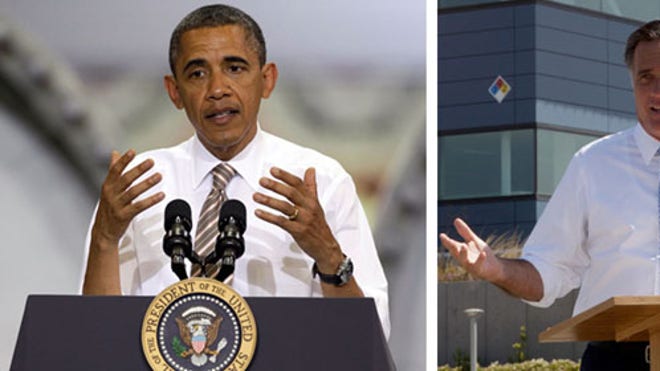US and China Divide Asia
(Russia) on 11 July 2012
by Sergey Strokan (link to original)
The meeting of foreign ministers from the member states of Association of Southeast Asian Nations began in Phnom Penh. Negotiations involving key states of the Asia-Pacific region are taking place within the context of a sharp intensification in the fight for leadership between the U.S. and China, both of which are trying to sway ASEAN in their direction. Given the circumstances, Russia’s indecisiveness runs the risk of leaving the country with a secondary role in this dynamic world region.
The center of gravity in Asian politics is in Cambodia this week, where the four-day meeting of foreign ministers from the 10 member states of ASEAN began on Monday. After the ASEAN ministerial meeting, the format of talks and number of participants will expand considerably: Today ASEAN foreign ministers will be joined by their colleagues from the U.S., China, Russia and other key countries in the Asia-Pacific region.
Planned events in Phnom Penh include a second meeting of foreign ministers from participant countries in East Asian summits, the 19th session of the ASEAN regional security forum, a ministerial meeting between Russia and ASEAN, as well as a similar meeting between ASEAN and China. The American side in Phnom Penh is represented by Secretary of State Hillary Clinton, the Chinese side by foreign minister Yang Jiechi and the Russian side by Deputy Foreign Minister Igor Morgulov.
Unlike meetings in recent years, the current ASEAN summit is taking place during the unprecedented escalation of tensions over the unresolved territorial dispute between countries of Southeast Asia and China in the South China Sea (see Kommersant’s April 17 issue). Another destabilizing factor will be the increasingly uncompromising struggle between Washington and Beijing for leadership in the region. For the first time in many years, ASEAN, which traditionally maintains a neutral position between centers of power, is confronted with a dilemma: Whose side are we on?
Foreign ministers of ASEAN member states began their work on Monday with discussion of the rules for conflict resolution between Southeast Asian countries and China in the South China Sea. In his address to the forum’s participants Cambodian Prime Minister Hun Sen called on members to make developing a specific “code of conduct” a priority. The forum’s participants agreed that further progress in the process of creating conditions for conflict prevention will depend on China’s reaction to ASEAN proposals.
“The present ASEAN summit is going to be a moment of truth for the organization. At a time of growing confrontation between the U.S. and China, both countries understand the importance of ASEAN in their game and try to pull the regional body over to their side,” explained Dmitry Mosyakov, director of the Center for Southeast Asia, Australia and Oceania at the Institute of Oriental Studies of the Russian Academy of Science.
According to the expert, the U.S. seems to have an undeniable advantage in the struggle for Southeast Asia, where demand is growing for an “older brother” figure to defend ASEAN countries against Chinese expansion. At the same time, China has one highly effective point of leverage—the rapidly developing economic ties with ASEAN countries. “Since the creation of a free trade zone between China and ASEAN (CAFTA) in 2010, the volume of trade between them reached $300 billion. In the near future it could exceed $500 billion. Considering the enormous dividends CAFTA yields for the countries in the region, China has enough leverage to slow the rapprochement between ASEAN and Washington,” says the expert.
As for Russia, it is still on the fence and in no hurry to form a strategy for relations with ASEAN. “Moscow has still not decided whether it should rely on bilateral relations with the countries in the region or on a partnership with ASEAN as an organization,” explained Dmitry Mosyakov. “Although some may possibly see pluses in such a policy, the minus is that Russia is left to play a secondary role in one of the most dynamic regions in the world.”

